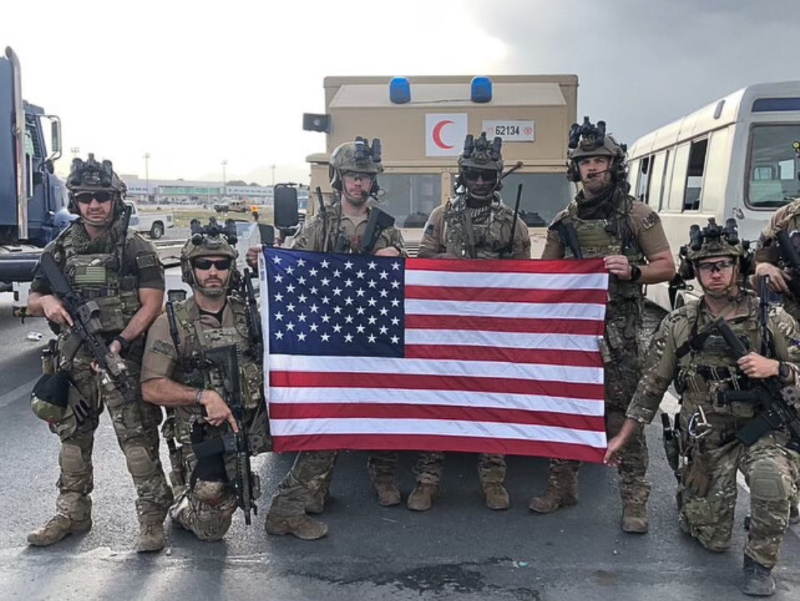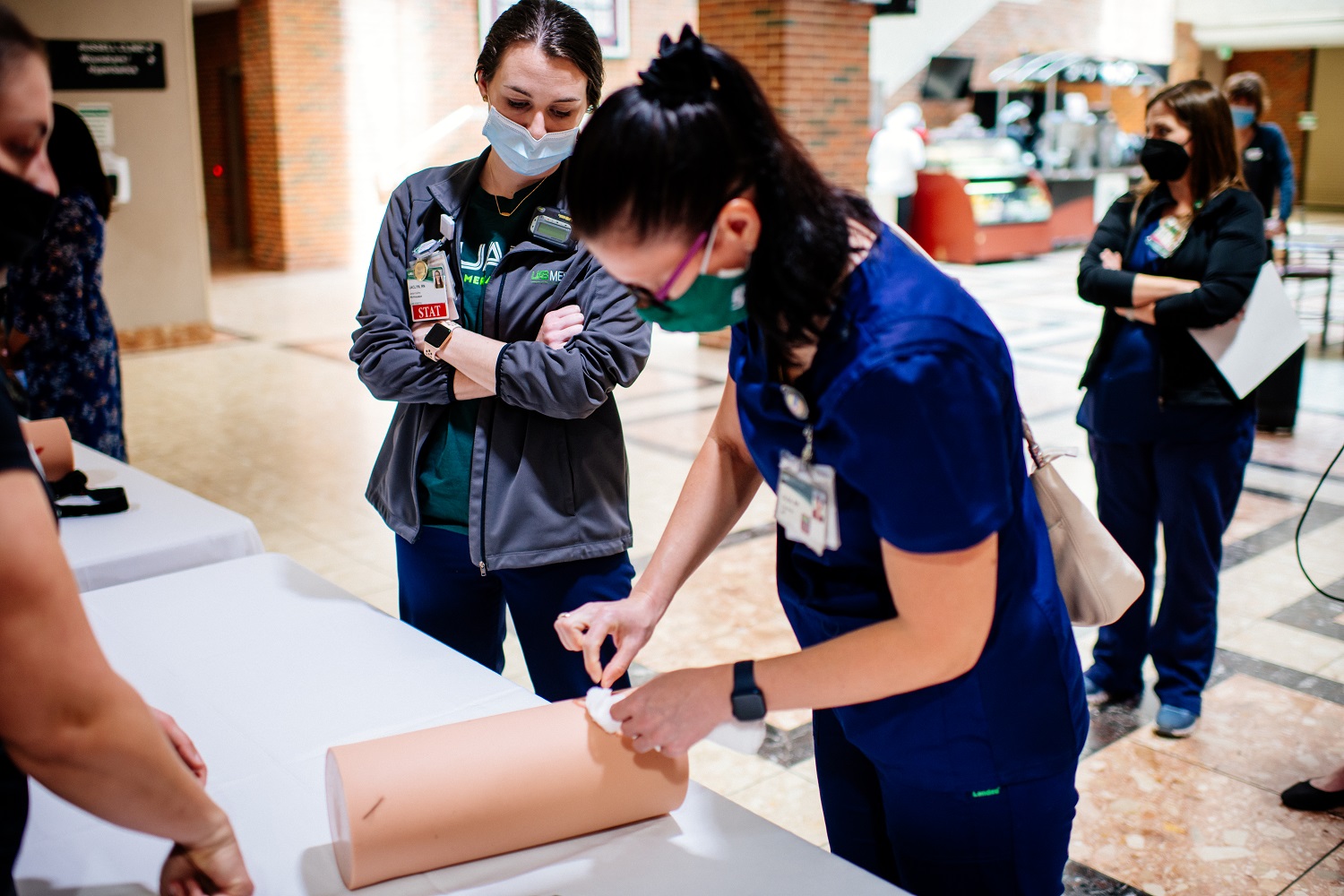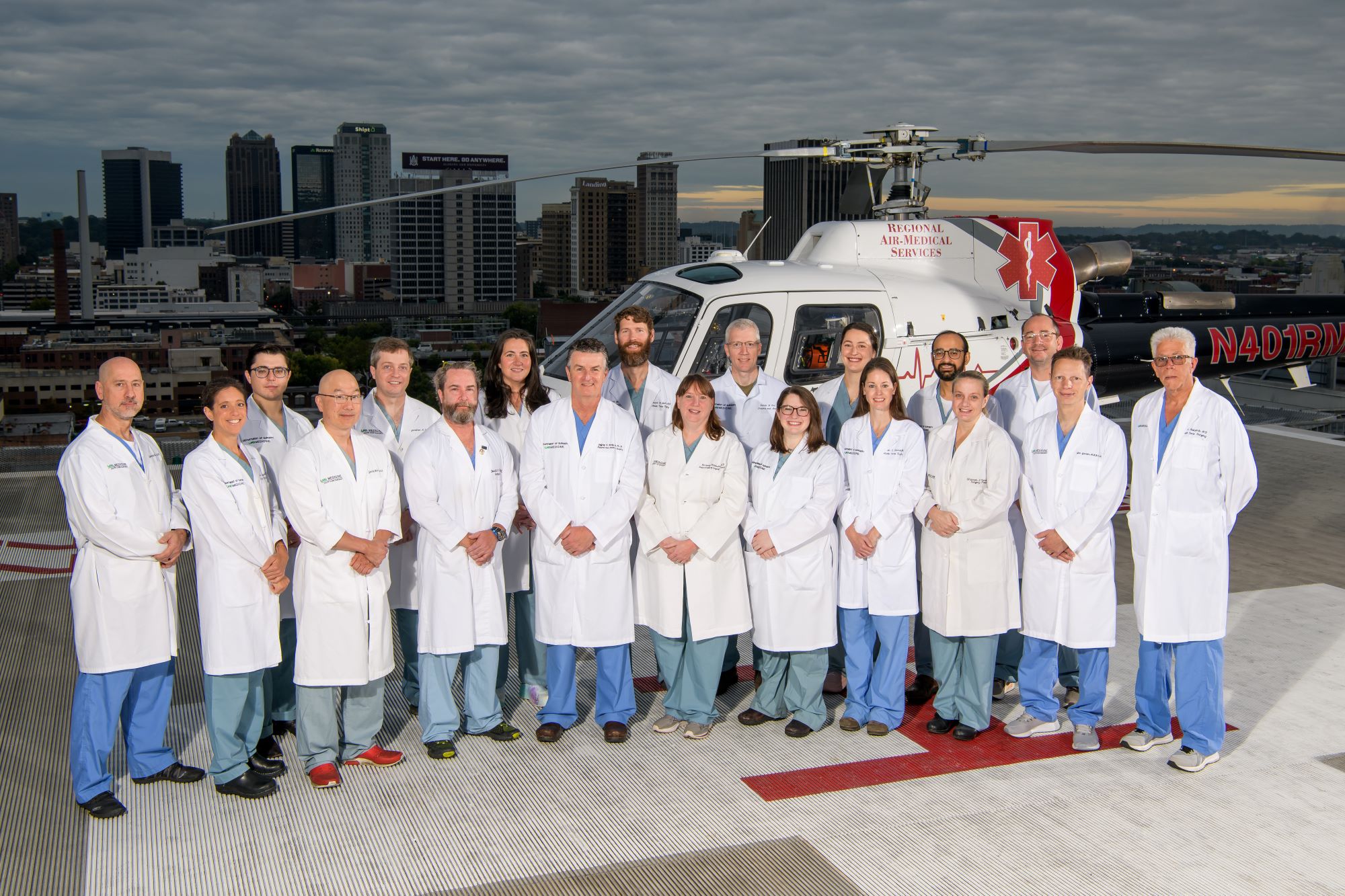UAB Hospital has been reverified as a Level I adult trauma center by the American College of Surgeons (ACS) Committee on Trauma (COT) and remains the only ACS-Level I adult trauma center in the state of Alabama.
UAB became a verified Level I trauma center in 1999 and has maintained Level I verification status continuously since that time.
The ACS offers three levels of trauma center verification for adult hospitals and two for pediatric hospitals. Level I verification is reserved for the most robust and extensive trauma centers that have advanced capabilities and access to various specialists. Level I trauma centers are equipped to provide total care of trauma patients – from injury through rehabilitation.
Some of the requirements to be an ACS-verified Level I trauma center are:
- 24-hour in-house coverage
- access to specialties such as orthopedic surgery, neurosurgery, and oral and maxillofacial care
- an injury-prevention program
- quality assessment
- teaching and research efforts to drive new innovations in trauma care
UAB was reviewed by an on-site team experienced in the field of trauma care.
“We are proud to have consistently been verified by the Committee on Trauma for the past 26 years,” said Jeffrey Kerby, M.D., Ph.D., director of the Division of Trauma and Acute Care Surgery. “This achievement emphasizes our ongoing mission to lead the way in trauma care by constantly improving and innovating to meet the needs of our patients.”
The UAB Trauma Center sees over 6,500 patients annually – over one-third of all trauma patients in the state of Alabama – and maintains a survival rate of over 96 percent.
Compared to other trauma centers nationwide with similar volumes and injury severity, UAB is in the top 10 percent for survival outcomes for all patients overall, as well as elderly patients, severe traumatic brain injury patients, and patients who sustained penetrating or blunt multisystem injuries.
“Our trauma program requires significant and continuous investments to ensure we are always ready to deliver the best possible care to those who have suffered traumatic injuries,” said UAB Trauma Medical Director Daniel Cox, M.D. “I am incredibly proud to be a part of an institution that prioritizes the health and well-being of our state by providing this essential service.”
Here are some of the ways that the UAB trauma program is uniquely exceptional:
Always Here, Always Ready
The motto of UAB Trauma is “Always Here, Always Ready,” a statement that reflects the commitment of UAB to provide the best care to the most severely injured across the state – 24/7, 365.
At least two trauma surgeons are on-site at all times. The trauma care team is made up of 23 trauma surgeons, four trauma and surgical care critical care fellows, 46 advanced practice providers including nurse practitioners and physician assistants, a physiatrist, clinical coordinators, epidemiologists and case managers. Nurses specifically trained for trauma care see a daily average of 85 trauma patients from multiple areas throughout the hospital, including the emergency department, trauma/burn intensive care unit, the neurosurgical intensive care unit, and the trauma/burn nursing unit, and the acute trauma care unit.
The trauma division also relies on other specialists and subspeciality services including burn care, wound care, emergency medicine, the UAB blood bank, neurosurgery, radiology, anesthesia, physical medicine and rehabilitation, social work, chaplains, and orthopedic, vascular, thoracic, plastic, and oral and maxillofacial surgery.
“Every member of our trauma care team, as well as our multidisciplinary colleagues, gives their all every day so we can be ‘Always Here, Always Ready,’” Kerby said. “Their dedication and commitment allow us to give the highest level of care to our patients during their time of need.”
Military-civilian partnerships
UAB Trauma has a strong, long-established relationship with the military, particularly the U.S. Air Force. Four Air Force Special Operations Surgical Teams (SOST) are stationed at UAB. These teams, each made up of a surgeon, nurse, scrub tech, emergency medical physician, respiratory therapist and anesthesia, are ready to deploy at a moment’s notice for critical military mission – like the SOST team deployed to Afghanistan in 2021. As fully embedded members of UAB Trauma, the teams are able to work cases together, learning how to function well as a team while also caring for severe and complex injuries.
These teams, each made up of a surgeon, nurse, scrub tech, emergency medical physician, respiratory therapist and anesthesia, are ready to deploy at a moment’s notice for critical military mission – like the SOST team deployed to Afghanistan in 2021. As fully embedded members of UAB Trauma, the teams are able to work cases together, learning how to function well as a team while also caring for severe and complex injuries.
UAB also hosts Air Force special operations medics and pararescuemen (PJs) to come for two-week rotations to sharpen their clinical skills by seeing complex cases in a Level I trauma center. These service members provide life-saving trauma care in austere and dangerous environments across the globe. Over 150 PJs and medics train at UAB every year, and in the future, that number is projected to expand to 300 yearly.
Twelve faculty members in the Division of Trauma and Acute Care Surgery are either veterans or active-duty service members.
Research
The Division of Trauma and Acute Care Surgery has a robust research program. The Center for Injury Science (CIS), which was founded in 1999, is comprised of 24 staff members and senior scientists. CIS directs several multicenter clinical trials in trauma care in addition to conducting basic science, translational science, and trauma care delivery research. The center receives funding for research from both federal grants and the private sector, and is currently leading the TROOP trial to compare resuscitation strategies using whole blood and component therapy. CIS is also involved in the Crash Injury Research Engineering Network to improve the outcomes of motor vehicle crash injuries.
Outreach
UAB monitors all aspects of trauma care through its trauma registry plus a quality improvement and patient safety program. In addition to its responsibilities at the hospital, the division focuses on community outreach and injury prevention.  Efforts include bringing Stop the Bleed courses to schools, churches, and other groups throughout the state; teaching fall prevention and burn prevention at senior centers, churches, and schools; and implementing programs like the Trauma Survivors Network (TSN) and Hospital-linked Violence Intervention Program which provide support to trauma survivors and resources and mentoring to gun violence survivors, respectively. The division employs an injury prevention professional and trauma social worker.
Efforts include bringing Stop the Bleed courses to schools, churches, and other groups throughout the state; teaching fall prevention and burn prevention at senior centers, churches, and schools; and implementing programs like the Trauma Survivors Network (TSN) and Hospital-linked Violence Intervention Program which provide support to trauma survivors and resources and mentoring to gun violence survivors, respectively. The division employs an injury prevention professional and trauma social worker.
“We are dedicated to bringing our expert knowledge to the community aiming to reduce preventable injury and death,” said Holly Waller, R.N., MPH, senior director of Trauma, Burn and Inpatient Wound Services. “Across Alabama, we implement proven strategies in local settings to combat the major causes of injury.”
About the American College of Surgeons Committee on Trauma
The mission of the American College of Surgeons Committee on Trauma (ACS COT) is to develop and implement programs that support injury prevention and ensure optimal patient outcomes across the continuum of care. These programs incorporate advocacy, education, trauma center and trauma system resources, best practice creation, outcome assessment, and continuous quality improvement.
In 1987, the ACS established the COT’s Consultation/Verification Program, which aimed to improve the quality of trauma care. Trauma centers must have verified resources and expertise to ensure standards for patient care are being met as well as institutional performance and efficiency.
